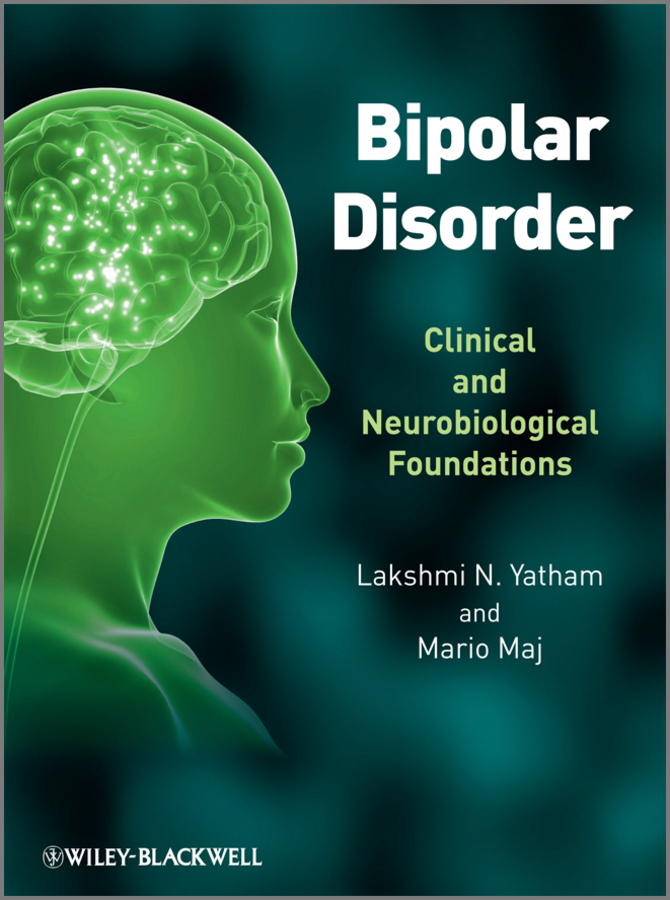
This edition first published 2010, 2010 by John Wiley & Sons, Ltd
Wiley-Blackwell is an imprint of John Wiley & Sons, formed by the merger of Wileys global Scientific, Technical and Medical business with Blackwell Publishing.
Registered office: John Wiley & Sons Ltd, The Atrium, Southern Gate, Chichester, West Sussex, PO19 8SQ, UK
Other Editorial Offices:
9600 Garsington Road, Oxford, OX4 2DQ, UK
111 River Street, Hoboken, NJ 07030-5774, USA
For details of our global editorial offices, for customer services and for information about how to apply for permission to reuse the copyright material in this book please see our website at www.wiley.com/wiley-blackwell
The right of the author to be identified as the author of this work has been asserted in accordance with the Copyright, Designs and Patents Act 1988.
All rights reserved. No part of this publication may be reproduced, stored in a retrieval system, or transmitted, in any form or by any means, electronic, mechanical, photocopying, recording or otherwise, except as permitted by the UK Copyright, Designs and Patents Act 1988, without the prior permission of the publisher.
Wiley also publishes its books in a variety of electronic formats. Some content that appears in print may not be available in electronic books.
Designations used by companies to distinguish their products are often claimed as trademarks. All brand names and product names used in this book are trade names, service marks, trademarks or registered trademarks of their respective owners. The publisher is not associated with any product or vendor mentioned in this book. This publication is designed to provide accurate and authoritative information in regard to the subject matter covered. It is sold on the understanding that the publisher is not engaged in rendering professional services. If professional advice or other expert assistance is required, the services of a competent professional should be sought.
The contents of this work are intended to further general scientific research, understanding, and discussion only and are not intended and should not be relied upon as recommending or promoting a specific method, diagnosis, or treatment by physicians for any particular patient. The publisher and the author make no representations or warranties with respect to the accuracy or completeness of the contents of this work and specifically disclaim all warranties, including without limitation any implied warranties of fitness for a particular purpose. In view of ongoing research, equipment modifications, changes in governmental regulations, and the constant flow of information relating to the use of medicines, equipment, and devices, the reader is urged to review and evaluate the information provided in the package insert or instructions for each medicine, equipment, or device for, among other things, any changes in the instructions or indication of usage and for added warnings and precautions. Readers should consult with a specialist where appropriate. The fact that an organization or Web site is referred to in this work as a citation and/or a potential source of further information does not mean that the author or the publisher endorses the information the organization or Web site may provide or recommendations it may make. Furthermore, readers should be aware that Internet Web sites listed in this work may have changed or disappeared between when this work was written and when it is read. No warranty may be created or extended by any promotional statements for this work. Neither the publisher nor the author shall be liable for any damages arising herefrom.
Library of Congress Cataloging-in-Publication Data
Bipolar disorder : clinical and neurobiological foundations / editors, Lakshmi N. Yatham and Mario Maj.
p. cm.
Includes bibliographical references and index.
ISBN 978-0-470-72198-8 (cloth)
1. Manic-depressive illness. I. Yatham, Lakshmi N. II. Maj, Mario, 1953
[DNLM: 1. Bipolar Disorder. WM 207 B6161 2010]
RC516.B5223 2010
616.895dc22
2010005586
ISBN: 9780470721988
A catalogue record for this book is available from the British Library.
Set in 9.25/12pt, Palatino by Thomson Digital, Noida, India
Preface
Bipolar disorder is a relatively recent concept, which emerged in the middle of the 20th century. However, bipolar disorder is not a new disease. Indeed, Aretaeus of Cappadocia, in his descriptions, captured the essence of the nature and course of mood changes of mania and depression almost 2000 years ago.
The objective of this book is to describe the clinical and neurobiological foundations of the modern concept of bipolar disorder as defined by the American Psychiatric Associations Diagnostic Manual of Mental Disorders and the International Classification of Diseases. In order to capture both the American and the international perspectives, the editors deliberately chose authors from different continents for most chapters.
The book is divided into four sections. The first section covers the descriptive aspects of the disorder. This section begins with an historical overview of the evolution of the concept of bipolar disorder. While Dr. Healy admits that bipolar disorder is a distinct clinical entity, he argues that the boundaries of the modern concept of bipolar disorder have been shaped primarily by the interests of the industry over the past 15 years. The next two chapters review clinical features, course and outcome in the context of new data and suggest that depressive symptoms dominate the course of bipolar disorder and that the disorder is chronic for a significant proportion of patients. Comorbidity is the rule rather than an exception for bipolar patients and this chapter illustrates some of the common comorbidities patients with bipolar disorder experience. Dr. Fawcett then outlines the DSM-V process and some of the issues that the DSM-V will address with regard to classification of bipolar disorder in the next chapter. The remaining chapters in this section emphasize that bipolar disorder is common, associated with cognitive impairment in a significant proportion of patients, that suicide risk is high, and that the disorder is associated with significant economic burden. This section also contains a fascinating review of the geniusinsanity debate.
The biological aspects section begins with an overview of the neurobiology of bipolar disorder by Robert Post. Subsequent chapters address in greater detail some of the following questions: what is the current status with regard to the search for bipolar susceptibility genes? What brain regions and brain chemicals are altered in bipolar patients? Are changes in neurotransmitters and neurohormones still relevant or are changes in post-receptor signalling pathways more critical to the neurobiology of bipolar disorder? Is bipolar disorder associated with oxidative stress, mitochondrial dysfunction or alterations in biological rhythms?
Treatment adherence is a major challenge in the management of bipolar disorder. Thus, the section on management begins with an overview of reasons for non-adherence and strategies to improve adherence. This is followed by a series of chapters that describe the current status of the pharmacological management of various phases and subtypes of bipolar disorder. This section also contains chapters that review the role of novel treatments, somatic treatments, and safety monitoring, as well as the role of psychological treatments as adjuncts to pharmacotherapy.
The final section on special population









